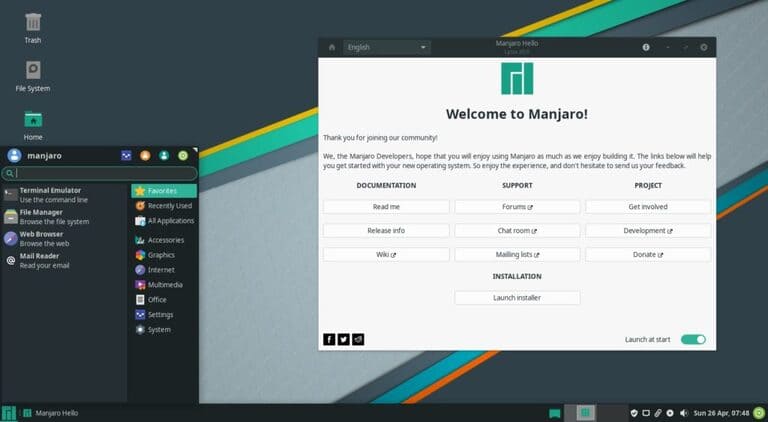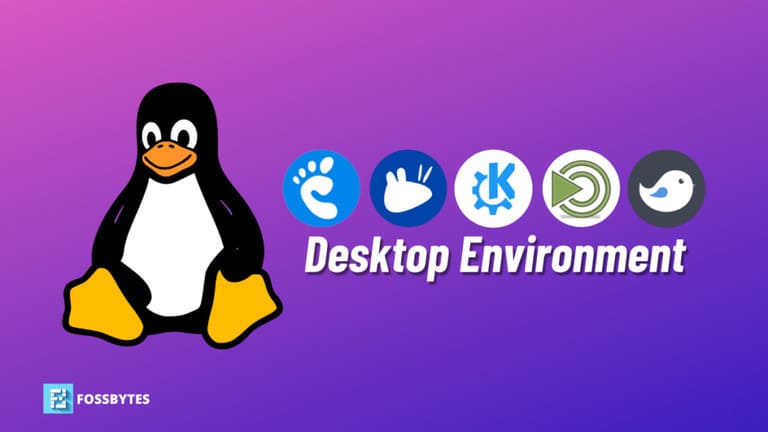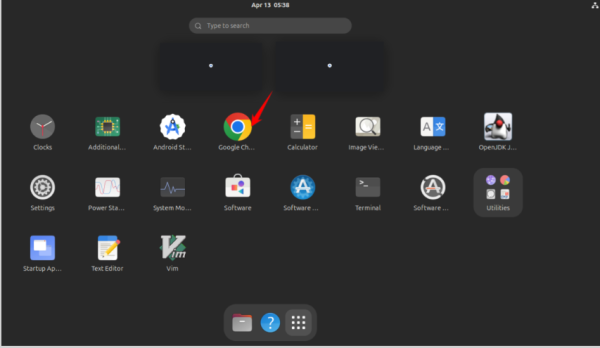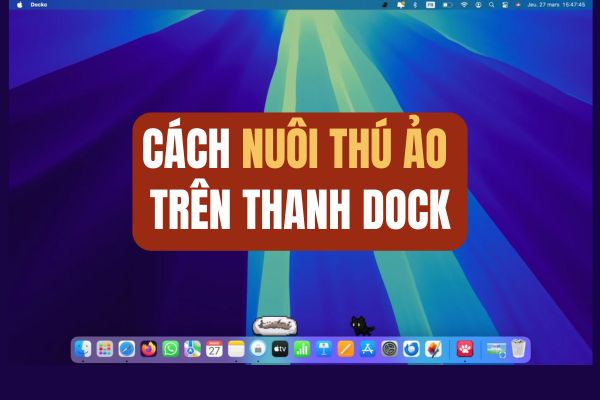Many people are still unfamiliar with the Linux topic, even though Linux has directly or indirectly powered most of the world’s computers, servers, and many other devices. The number of Linux users has seen significant growth over the past decade, but one area where it continues to improve is Linux distributions aka Distros.
| Join the channel Telegram of the AnonyViet 👉 Link 👈 |

As of this writing, the Linux desktop market share is 2.5%, which is no surprise given that this market is dominated by Windows and macOS. One of the reasons why the Linux desktop isn’t so popular is because people don’t know what it is or are afraid to switch to Linux because there’s no Windows-like software available. In this article, we will focus on finding out what a Linux distribution is.

What is a Linux distribution?
A Linux distribution is an operating system that consists of different layers stacked on top of each other. Starting from the bottom layer, we have the Linux kernel (kernel), GNU tools and libraries, Software, Windowing System, Window Manager. On the top layer, we have the Desktop Environment. It is an alternative to popular operating systems like Windows and macOS.

To make it easier to understand, just think of an example of a cake. The base, which is the heart of a cake (kernel), is followed by a series of other layers with chocolate stuffed in the middle of each layer (library and tool). These small but essential things impact the performance of the distro and help improve the user experience (taste).
Then there is software that adds features to the operating system, followed by DE.

Choose a Linux distro
Now that you know what a Linux distribution is, let’s see how to choose a good Linux distribution. However, this is a bit complicated and can be confusing for a lot of Linux beginners. There are many Linux distributions out there, but I have listed some of the best here.

For most distributions, you don’t need to worry about the differences between libraries and tools, but one thing that you should pay attention to when choosing a Linux distribution is the Desktop Environment ( Desktop Environment). DE basically consists of interface elements with which the user can interact. Like Linux distributions, there are also many desktop environments. Some popular DEs are GNOME, KDE, MATE, Xfce…











